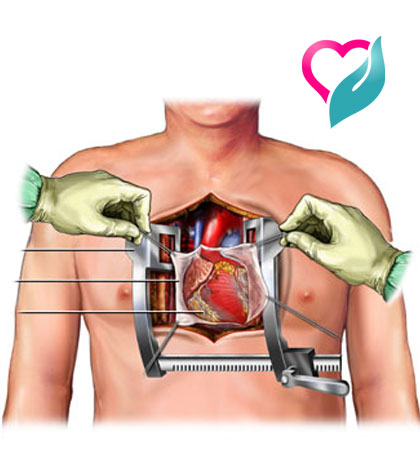Medical words like angiogram, angioplasty, and heart bypass surgery are being used very commonly in households nowadays. But many of us are still not very clear on the exact nature of these procedures. EHC brings to its readers, videos on these common procedures.
[wp_ad_camp_1]
Angiogram
An angiogram is an X-ray test that uses a special dye and camera to take pictures of the blood flow in an artery or a vein. During an angiogram, a thin tube called a catheter is placed into a blood vessel in the groin or just above the elbow. The catheter is guided to the area to be studied. Then iodine dye is injected into the vessel to make the area show clearly on the X-ray pictures. The angiogram pictures can be made into regular X-ray films or stored as digital pictures in a computer. An angiogram can show if coronary artery disease is present and how bad it is.
[wp_ad_camp_4]
Angioplasty
Angioplasty is the technique of mechanically widening narrowed or obstructed arteries, the latter typically being a result of atherosclerosis. An empty and collapsed balloon on a guide wire, known as a balloon catheter, is passed into the narrowed locations and then inflated to a fixed size using water pressure. The balloon forces expansion of the inner white blood cell/clot plaque deposits and the surrounding muscular wall, opening up the blood vessel for improved flow, and the balloon is then deflated and withdrawn. A stent may be inserted at the time of ballooning to ensure the vessel remains open.
Heart Bypass Surgery
Heart bypass surgery can be used to treat heart disease when your coronary arteries are blocked. During coronary artery bypass graft surgery (CABG), a blood vessel is removed or redirected from one area of the body and placed around the areas of narrowing to "bypass" the blockages and restore blood flow to the heart muscle. This vessel is called a graft.
These substitute blood vessels can come from your chest, legs, or arms. The surgeon will decide which graft to use depending on the location of your blockage, the amount of blockage, and the size of your coronary arteries.
[wp_ad_camp_2]
[wp_ad_camp_3]
Image courtesy: heart-valve-surgery.com



























